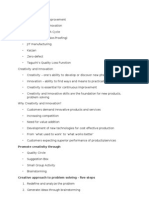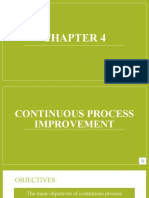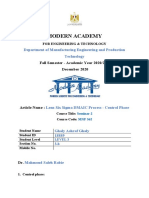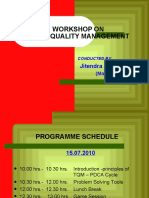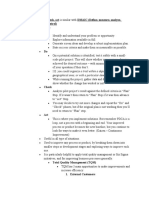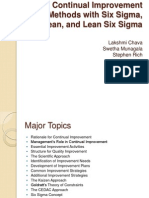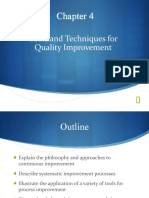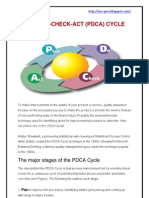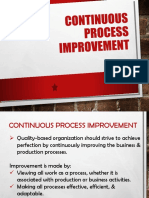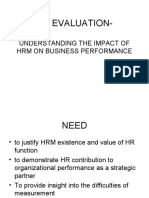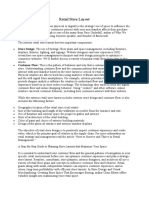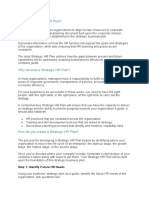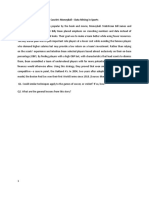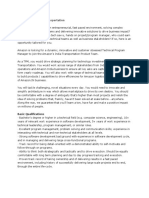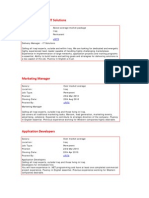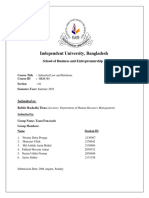0% found this document useful (0 votes)
94 views4 pagesWhat Is Continuous Process Improvement
Continuous process improvement involves making ongoing, iterative improvements to processes and workflows based on input from team members. The continuous improvement cycle has four key steps: 1) plan and measure the current process, 2) develop and test potential solutions, 3) release and deploy the optimal solution, and 4) track results and make fine tunings as needed. The goal is to establish a culture where anyone can suggest improvements at any time to further optimize processes.
Uploaded by
sheebakbs5144Copyright
© © All Rights Reserved
We take content rights seriously. If you suspect this is your content, claim it here.
Available Formats
Download as DOCX, PDF, TXT or read online on Scribd
0% found this document useful (0 votes)
94 views4 pagesWhat Is Continuous Process Improvement
Continuous process improvement involves making ongoing, iterative improvements to processes and workflows based on input from team members. The continuous improvement cycle has four key steps: 1) plan and measure the current process, 2) develop and test potential solutions, 3) release and deploy the optimal solution, and 4) track results and make fine tunings as needed. The goal is to establish a culture where anyone can suggest improvements at any time to further optimize processes.
Uploaded by
sheebakbs5144Copyright
© © All Rights Reserved
We take content rights seriously. If you suspect this is your content, claim it here.
Available Formats
Download as DOCX, PDF, TXT or read online on Scribd
/ 4
